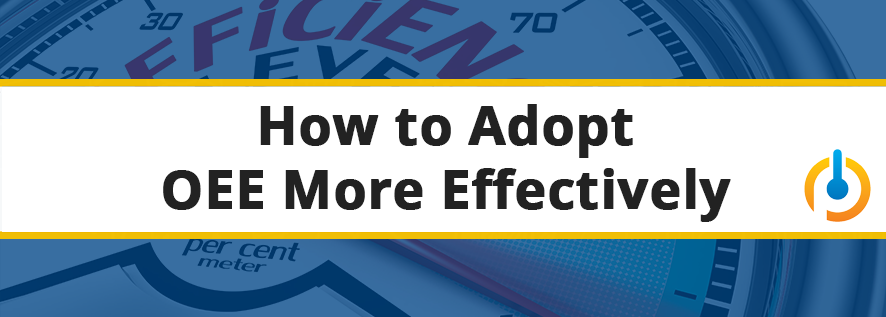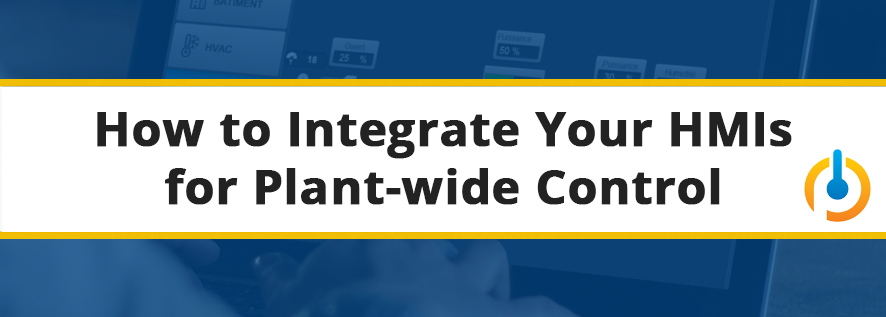OEE (Overall Equipment Effectiveness) is used on a global scale to help manufacturing companies improve production and reduce losses. OEE is a measure of how effectively your equipment is being used in your production line. It is not a measure of your plant as a whole, but rather a measure of each machine that is a part of the process.
The goal of OEE is to isolate parts of your production process that can be improved. OEE is best adopted as a measurement tool to help you identify and track the progress of changes in your line. If OEE calculation is about using your equipment effectively, how can you use OEE itself to the best effect?





